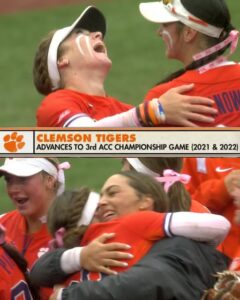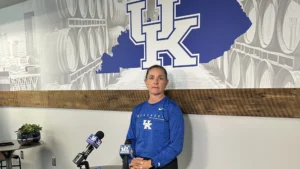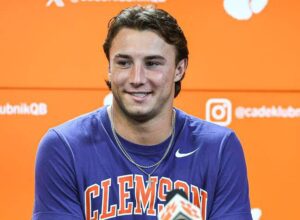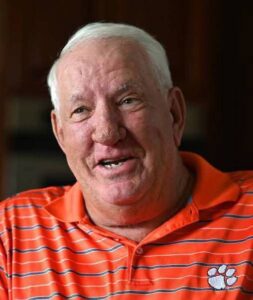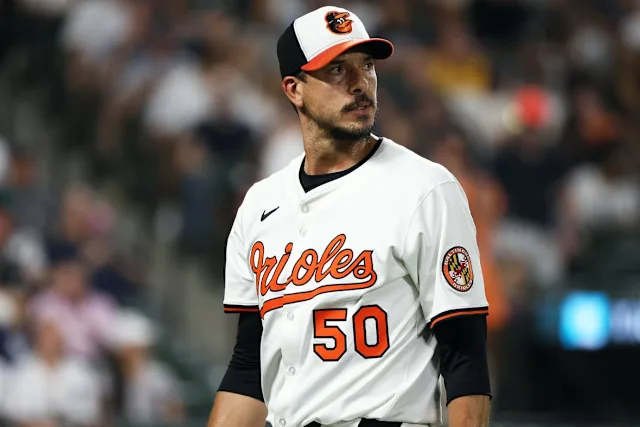
The Baltimore Orioles have been one of Major League Baseball’s most storied franchises. Their rich history includes three World Series championships, notable Hall of Famers, and countless memorable moments. Yet, they’ve also been no strangers to periods of frustration and futility.
In the 1960s and 1970s, the Orioles were a perennial powerhouse in the American League, particularly under manager Earl Weaver. The franchise boasts impressive seasons, with stars like Brooks Robinson, Frank Robinson, Jim Palmer, and Cal Ripken Jr., among others. They were a consistent postseason contender, often finishing near the top of the AL East standings.
However, since the late 1990s, the team has endured multiple seasons of underperformance, struggling to reach the playoffs. The mid-2000s were particularly difficult, as the team went through a string of disappointing seasons, including a lengthy playoff drought that began after their 1997 ALCS appearance.
The nadir for the team came in 2018, when the Orioles posted a staggering 47-115 record, marking their worst season in over two decades. This marked the height of the team’s rebuilding process, a period that saw key players traded away, and a focus on building the farm system and future success.
That season was particularly painful, with the pitching staff a major culprit in the team’s woes. Now, nearly a decade after their most recent 100-loss campaign, the Orioles are once again at a crossroads, with their pitching staff potentially putting them on the brink of a similar collapse.
The key to any successful baseball team lies in its pitching staff, and the Orioles’ current situation is no different. While the team has experienced growth in other areas, particularly offensively with exciting young talents like Adley Rutschman and Gunnar Henderson, their pitching staff has raised red flags for analysts and fans alike.
Historically, the Orioles have struggled to develop top-tier pitching talent, and their starting rotation has often been their Achilles’ heel. This season, those weaknesses are beginning to surface again.
The 2025 rotation is led by some veteran arms, but the lack of a true ace has been glaring. Their most experienced starter, John Means, is returning from Tommy John surgery, and while his return is promising, it’s uncertain how well he will perform after such a significant layoff. Kyle Gibson, another veteran, has shown flashes of effectiveness, but his performance has been inconsistent, and he’s often prone to giving up big innings.
Rounding out the rotation are Grayson Rodriguez and DL Hall, both highly regarded young pitchers who were supposed to be part of the team’s future. While Rodriguez has shown moments of brilliance, his lack of consistency has caused concern. Hall, meanwhile, has struggled to stay healthy and has yet to fully establish himself at the major league level.
The bullpen hasn’t been much better. While there are a few solid contributors, such as Felix Bautista and Yennier Cano, the overall depth and reliability of the relief corps have been questioned. The lack of a proven closer and the struggles of middle relief have forced the Orioles to rely too much on their offense to keep them in games.
While the pitching staff’s struggles are at the forefront, it’s important to recognize the broader context in which they are occurring. Internally, the Orioles have made significant investments in their farm system, hiring new developmental coaches, and revamping their approach to pitching development. The team has done a solid job in recent years at fostering young talent, particularly position players, but it remains clear that they have not yet developed the necessary pitching infrastructure to compete at the highest level.
Externally, the competitive nature of the AL East presents a significant challenge. The division, widely considered one of the most competitive in baseball, is home to juggernauts like the New York Yankees, Boston Red Sox, and Tampa Bay Rays. Each of these teams has bolstered their pitching depth in recent years, while the Orioles have been slow to follow suit.
The Yankees, for example, have a strong rotation with pitchers like Gerrit Cole and Luis Severino, while the Rays are known for their cutting-edge pitching strategies and depth. The Red Sox, though not as dominant, still present a threat with their own solid pitching staff.
As a result, the Orioles find themselves in a tough spot, with a pitching staff that isn’t necessarily capable of competing in a division where other teams boast top-tier arms.
The ramifications of a weak pitching staff are far-reaching and can affect every aspect of a team’s performance. In baseball, a team’s pitching staff is the foundation on which everything else is built. A rotation that struggles to get outs or consistently allows runs can put immense pressure on the offense and the bullpen.
When pitchers fail to keep games competitive, it forces the offense to press. Batters may start to feel the need to swing for the fences to make up for the runs given up by pitchers, leading to less disciplined at-bats. Additionally, the bullpen becomes overworked, leading to fatigue and ineffective performances from relievers.
The mental toll is another factor. A team that struggles with pitching often finds itself in a constant uphill battle. This can lead to frustration, lack of confidence, and a sense of inevitability when games get out of hand.
For the Orioles, the lack of a reliable pitching staff is likely to undermine the good work that the offense and defense have been putting in. The young stars like Rutschman and Henderson can only carry the team so far before the struggles of the mound take their toll.
